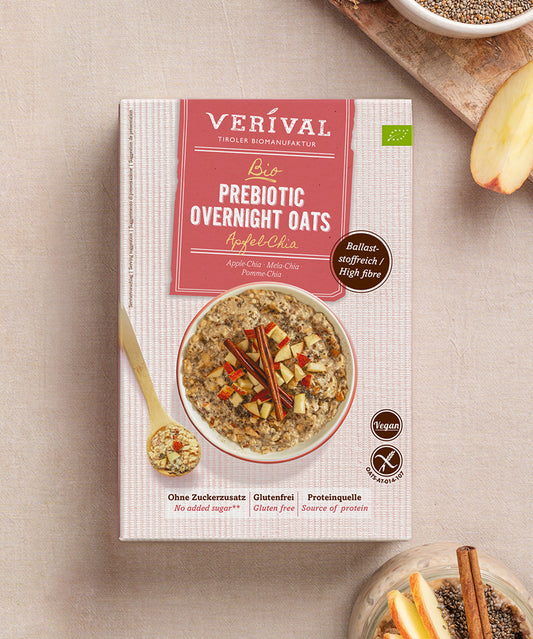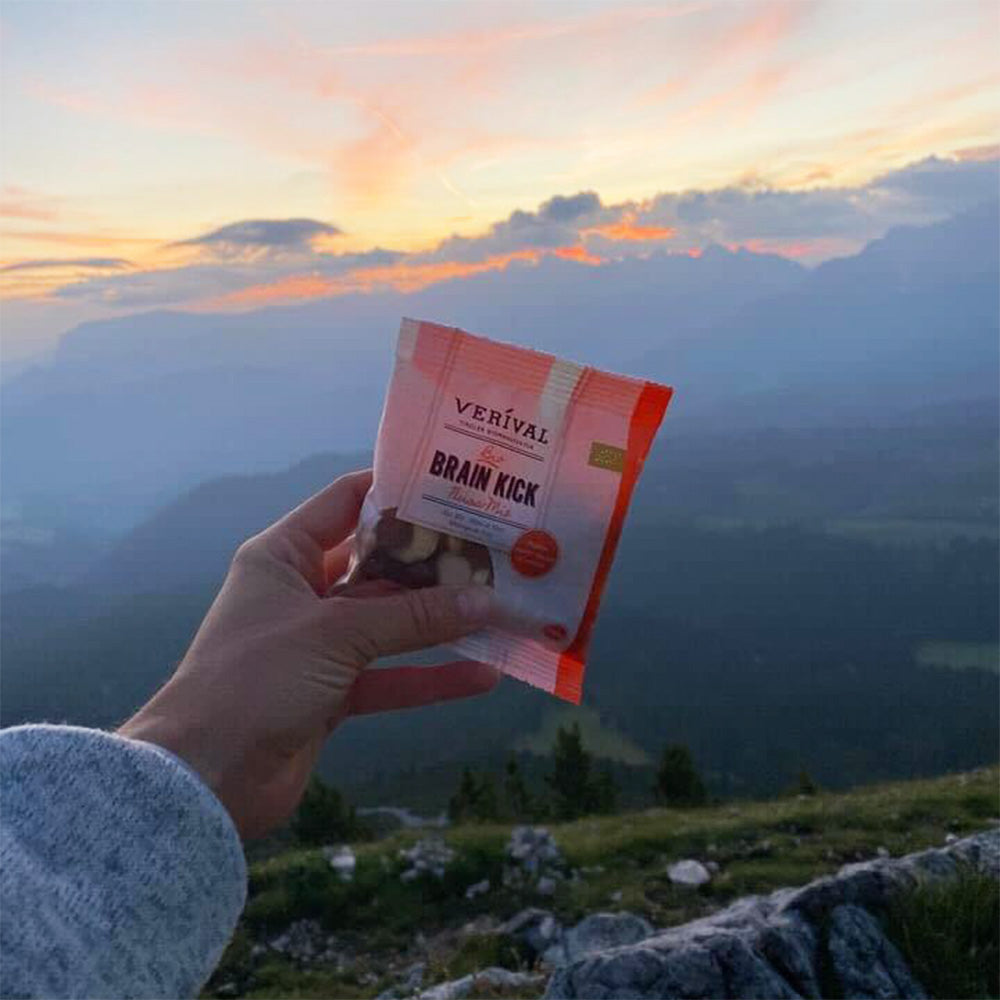In Traditional Chinese Medicine, TCM for short, it is Yin and Yang , in Ayurveda the three doshas . Sometimes one prevails, sometimes the other. Although the philosophy of the two health systems may sound very different at first glance, they have some things in common.
Both teachings hold the view that body and mind form a unity . One cannot do without the other. The two concepts also overlap a lot in nutrition.
For example, in both TCM and Ayurveda, it is said that hot foods are better for us than cold ones . This is especially true for the first half of the day, and thus especially for breakfast.
You will now learn what the differences are between the two teachings TCM and Ayurveda, and where they agree.
This is behind TCM and Ayurveda
While Traditional Chinese Medicine (TCM) , as the name suggests, originated in China , Ayurveda originated in India. Both concepts are several thousand years old.
What unites the two is the holistic approach to physical and mental health. Body and mind are thus seen as one .
TCM – the doctrine of Qi
The TCM teaching is based on the idea that the life energy, Qi, flows through the body . This energy moves across so-called meridians. This is a network of energy pathways that extends over our entire body. As soon as the energy cannot flow freely, the blockages become noticeable due to diseases.
By using various TCM methods, these blockages are removed so that the energy can flow freely again. Among other things, acupuncture, body and breathing exercises (Qigong), massages and nutrition according to TCM are used.
Ayurveda – in the balance of doshas
In Ayurveda , one speaks of the three life energies (= doshas) Vata, Pitta and Kapha . They are composed of the five elements earth, water, fire, air and space and are responsible for our bodily functions. One or two doshas usually dominate and thus determine our constitutional type.
If there is an imbalance in life energies, everyday complaints and diseases arise. To bring the doshas into balance, methods such as massages, cleansing techniques, yoga, herbal medicine and the diet according to Ayurveda are used.
Nutrition according to TCM and Ayurveda – that's how it works!

As different as the two systems may look at first glance when it comes to nutrition, they largely agree . The nutritional theory of both concepts is not about calories and nutritional tables, but about finding the right foods for each type of diet.
In TCM , nutrition works according to the 5 element doctrine. In Ayurveda , on the other hand, one follows the manifestation of the doshas . In both teachings, a different diet is recommended depending on the constitution.
This type of individual diet can be slightly overwhelming at first. Therefore, it takes some patience and practice to learn to interpret the signals of your own body and environmental influences correctly.
Fortunately, in addition to type-appropriate nutrition, there are also basic principles that apply to all types . This makes it much easier to enter the diet according to TCM or Ayurveda.
The following three basic principles can be found in both Far Eastern nutritional concepts:
- Eat regional and seasonal
- I'd rather have hot meals than cold ones
- Combine all flavours
Eat regional and seasonal
The diet according to Ayurveda or TCM can be lived not only in the countries of origin India and China, but anywhere in the world. It is important to use seasonal and regional foods .
Both philosophies state that foods that grow in our immediate environment have a healing effect on us. So it's not without reason that we enjoy stews with potatoes and root vegetables in winter and crisp salads with fresh cucumbers and tomatoes in summer.
I'd rather have hot meals than cold ones
What both teachings absolutely agree on: Hot meals are simply better for us . This means that the food is already at body temperature and thus more digestible. Hot food supports the Ayurvedic digestive fire Agni as well as the Qi in TCM.

In TCM, hot breakfast in particular plays an important role. According to traditional Chinese medicine, every organ has its wedding at a certain time. In the case of the stomach, for example, this time is between 7 and 9 o'clock in the morning. Hence the saying: Eat breakfast like an emperor, eat lunch like a citizen and dinner like a beggar.
So that you can easily start the day in an optimal way, we have developed three porridges according to the TCM philosophy , which can also be wonderfully combined with the diet according to Ayurveda. For example, the classic Ayurvedic spices turmeric and cardamom give our coconut orange rice porridge its delicious taste.

Combine all flavours
The combination of flavours is also a common feature of the two traditional medicine systems Ayurveda and TCM.
According to both teachings, every meal should include all flavors. In TCM , these are sweet, sour, bitter, spicy and salty . In Ayurveda , on the other hand, there is also tartness, which is often referred to as contraction. If all these flavours are found in a meal, there is allegedly no known craving for sweets after eating.
In order to combine all flavours in one meal, spices play an essential role, especially in Ayurveda.
Let's take our sour cherry cocoa oat porridge from the TCM range as an example. A look at the ingredients shows that this breakfast combines all flavours :
- Sweet: Cereals in general are considered sweet according to TCM and Ayurveda. This flavor is therefore already covered with the superfood oats .
- Sour: The sour cherries provide the sour taste .
- Bitter : Cocoa provides the bitter note.
- Spicy : We use cinnamon as a spicy ingredient .
- Salty : A breeze of salt ensures that the flavor is also salty, and also brings out the sweetness better.
- Herb : By adding fresh fruit such as pomegranate seeds, apples or pears , you also give your breakfast the extra flavour of Ayurveda. Another option: Enjoy a cup of green or black tea with your oatmeal.

























